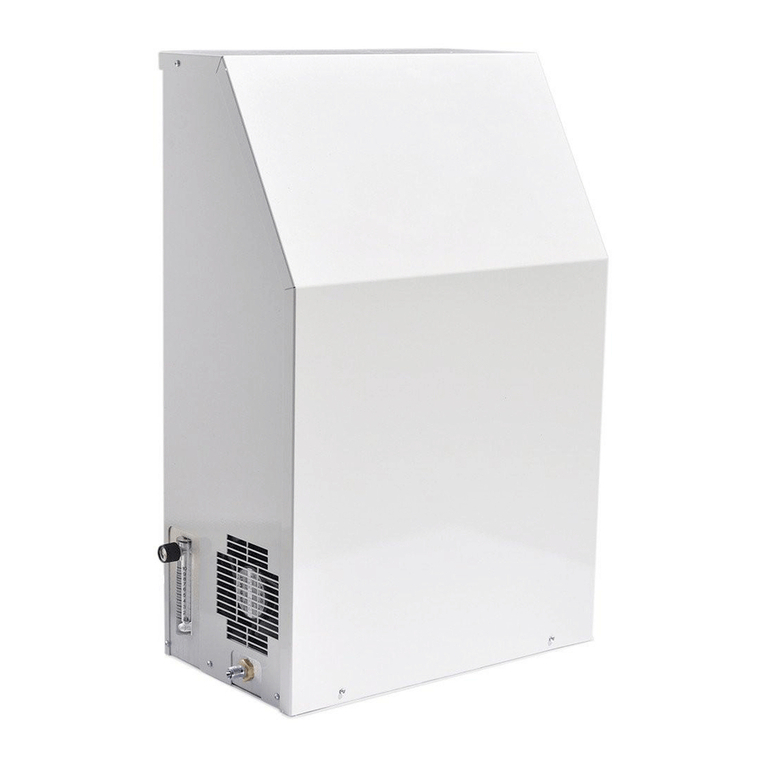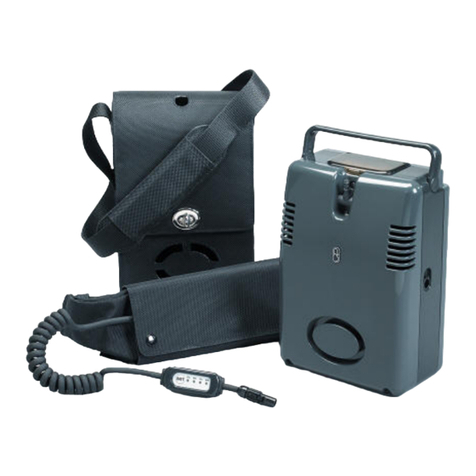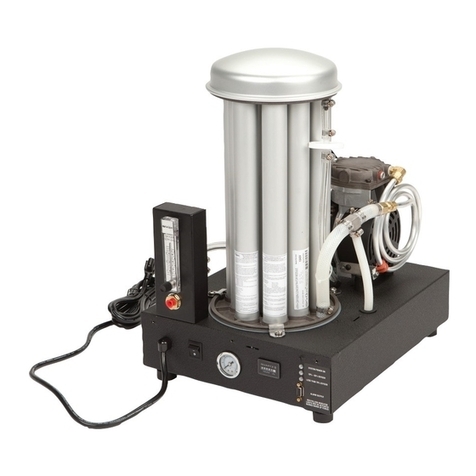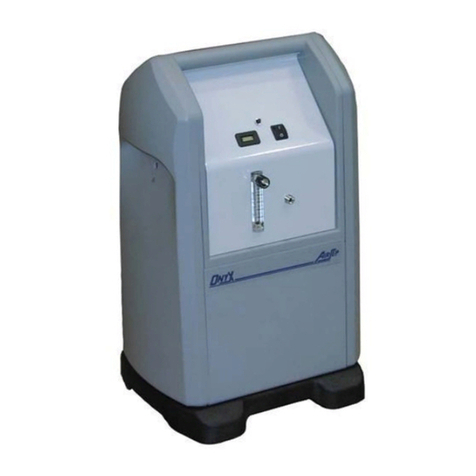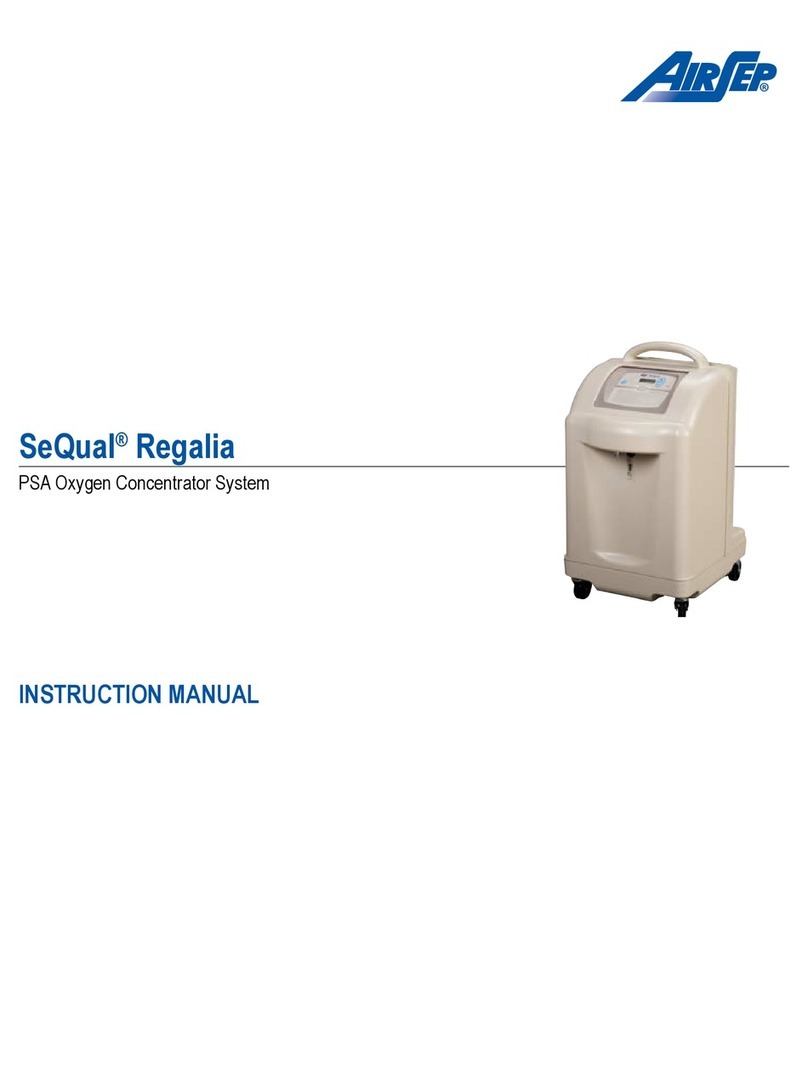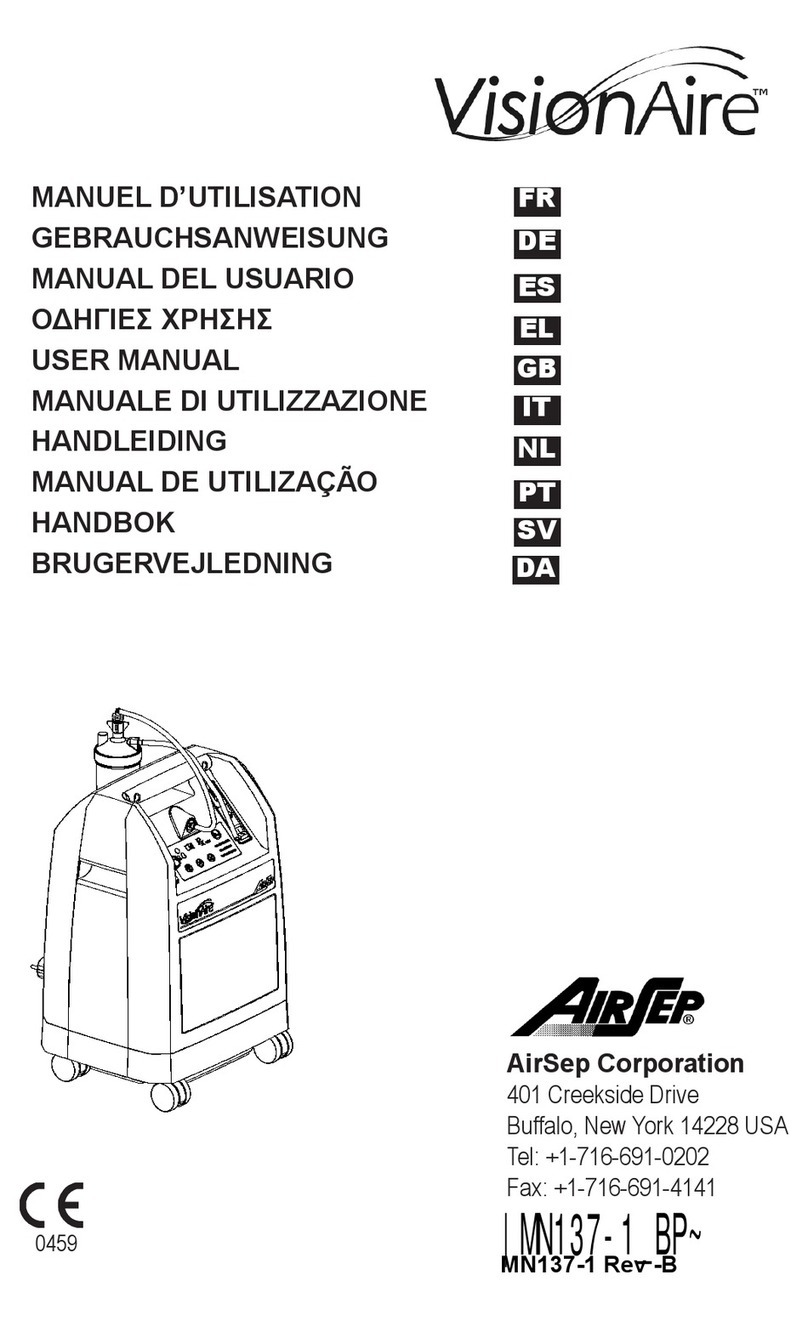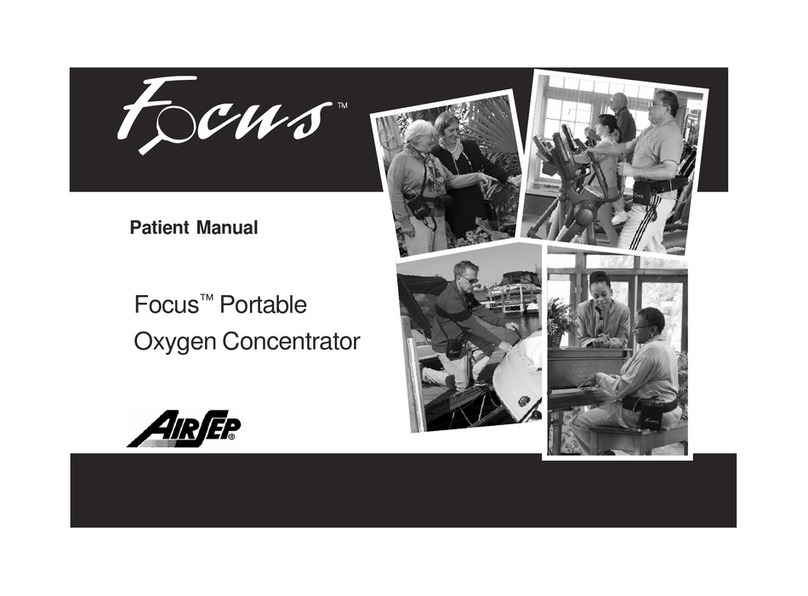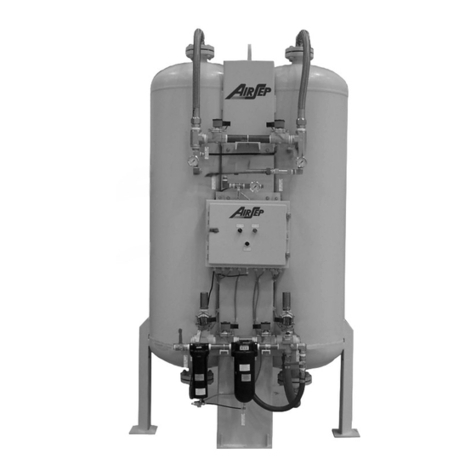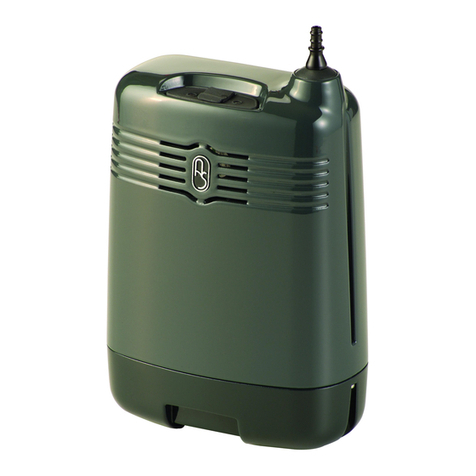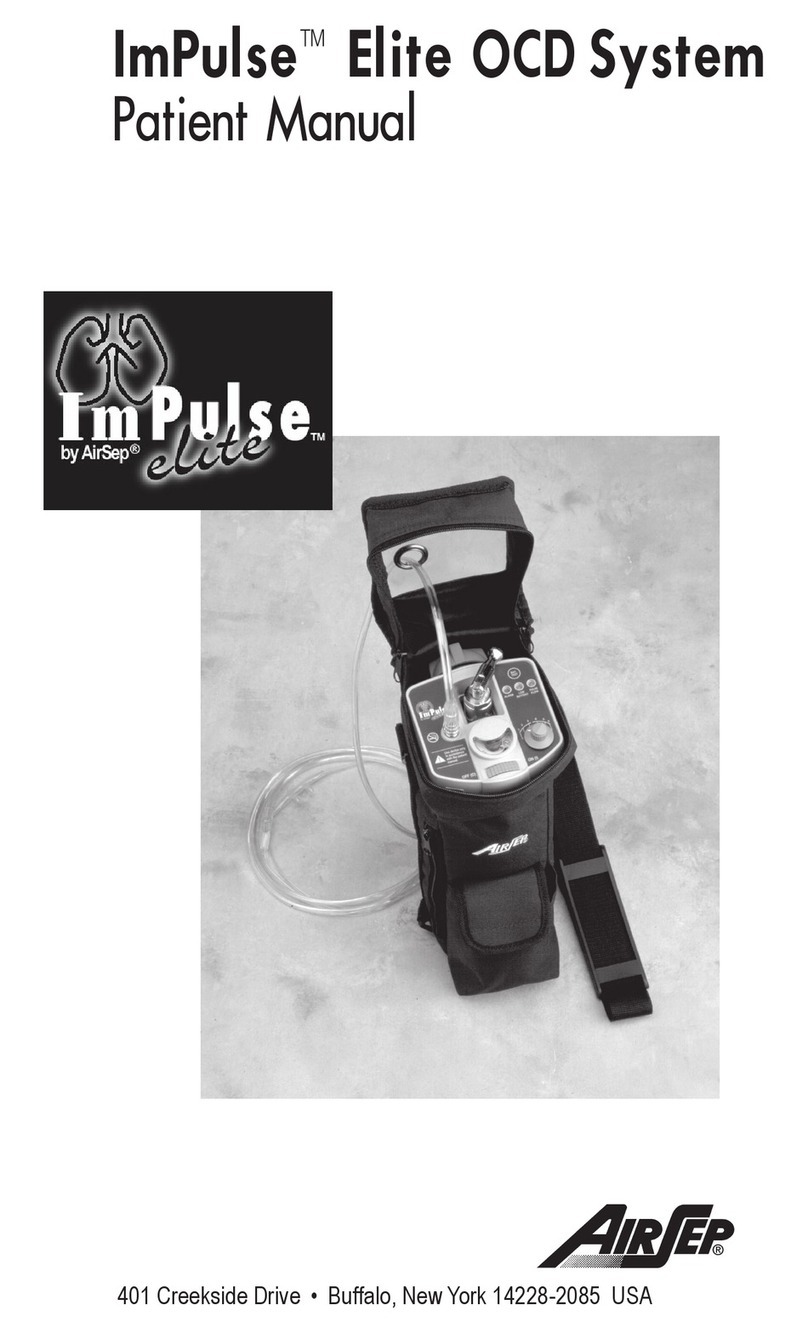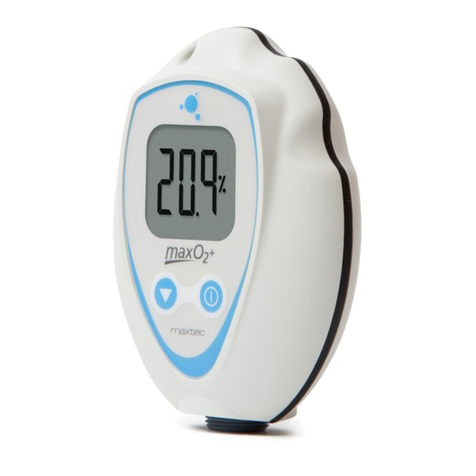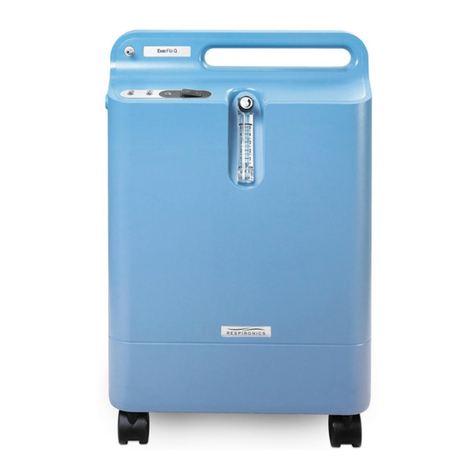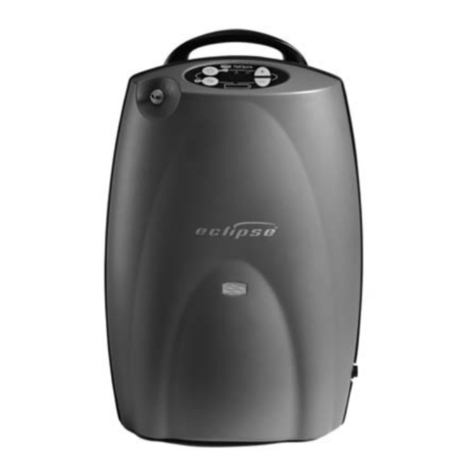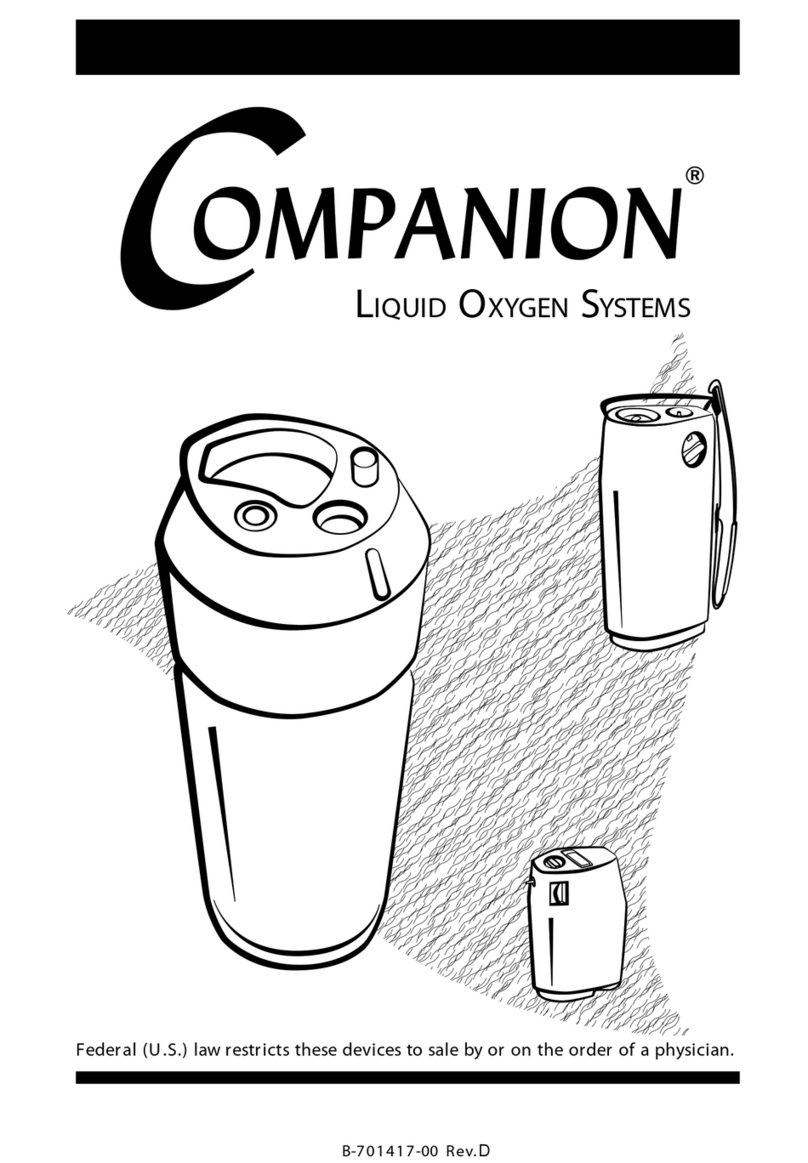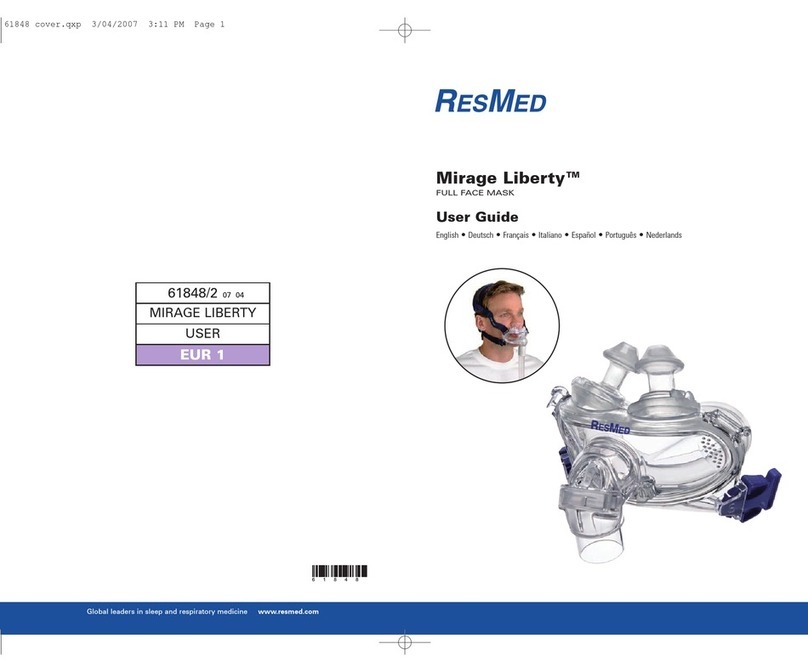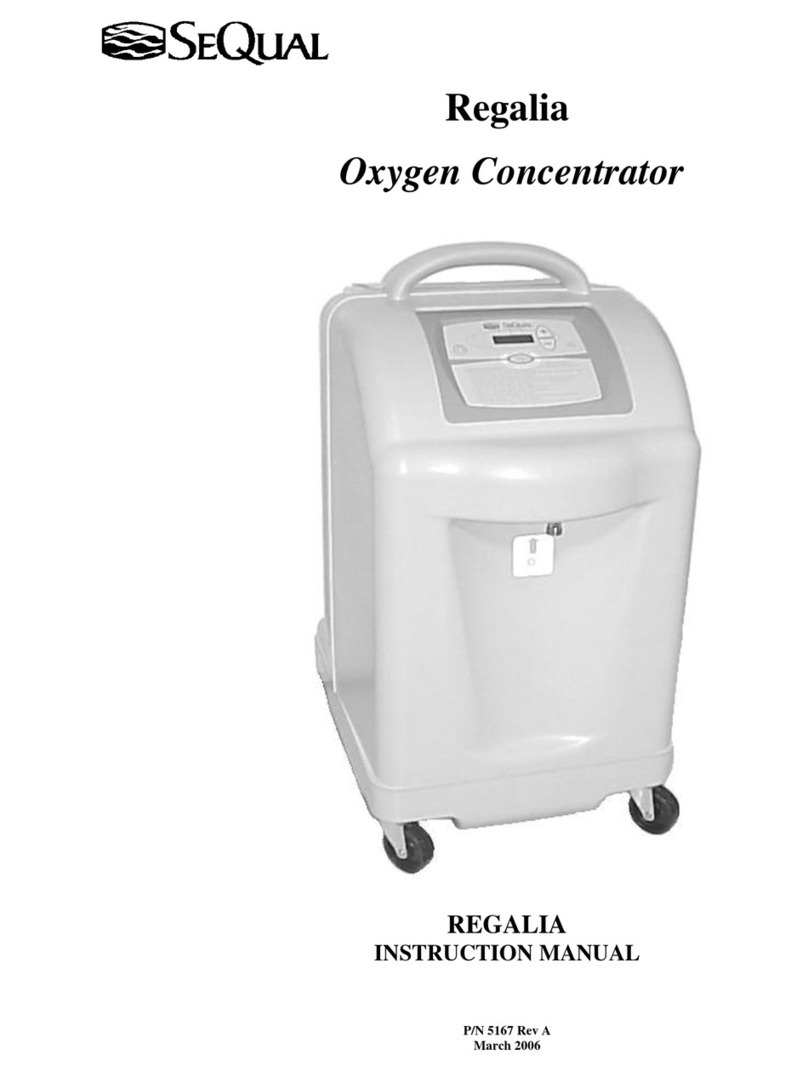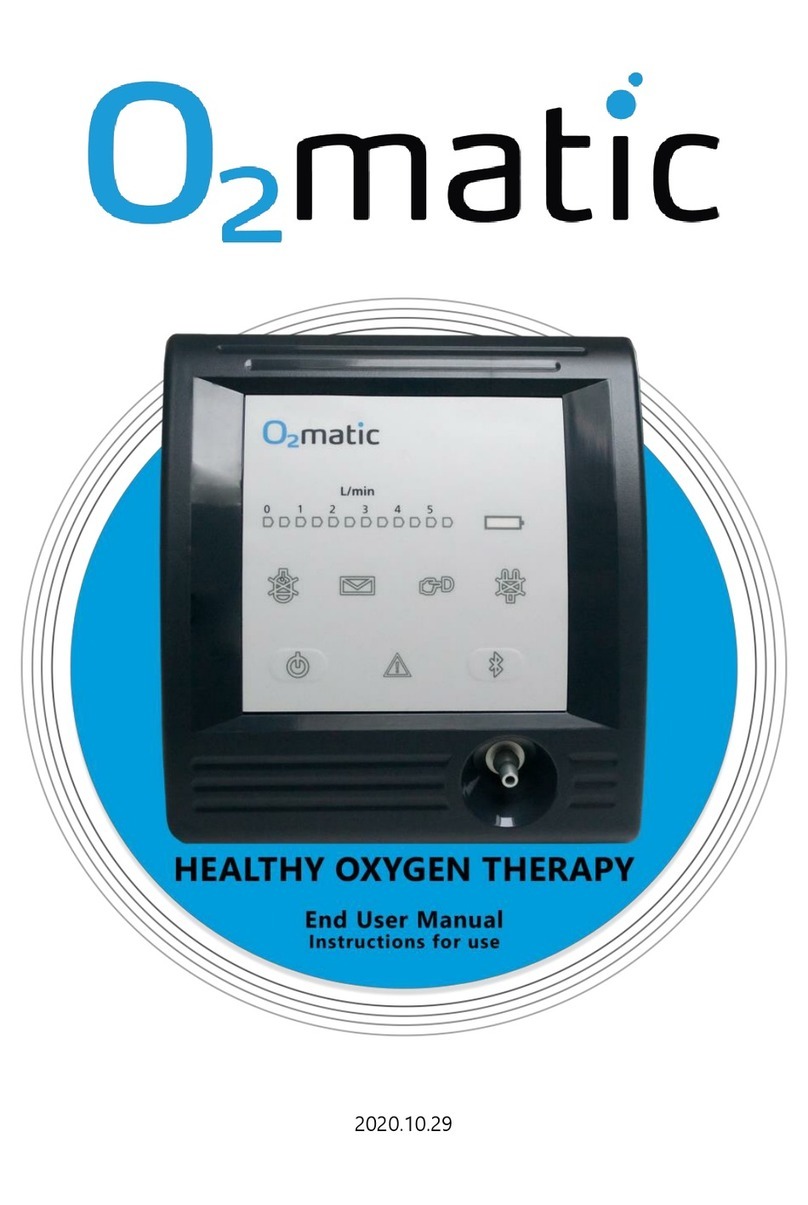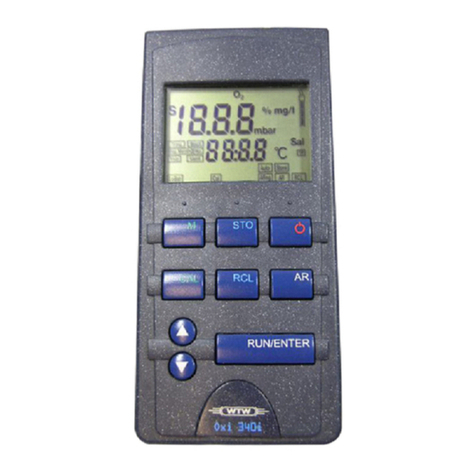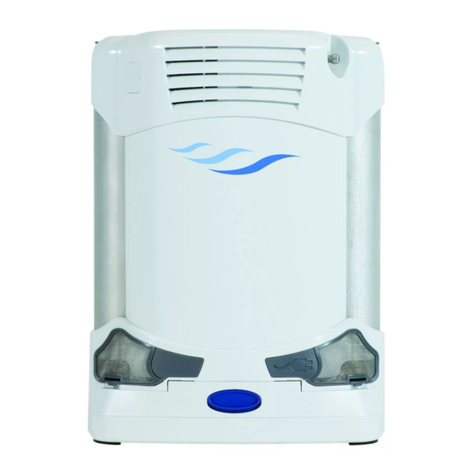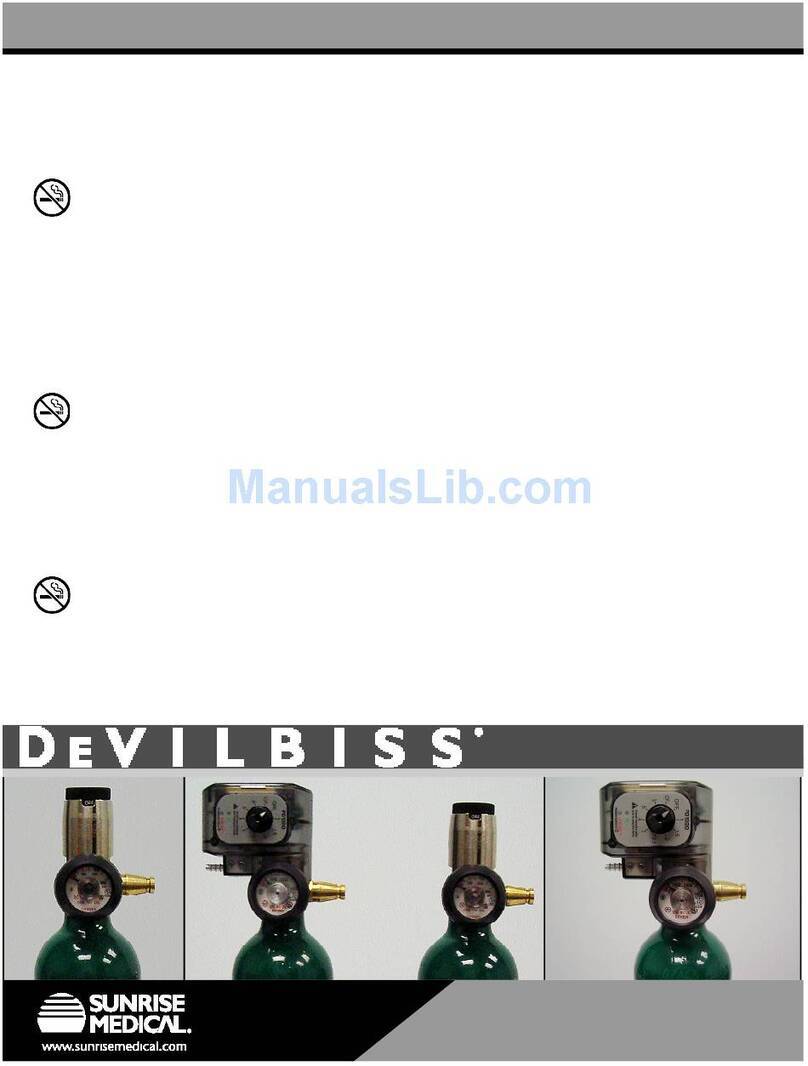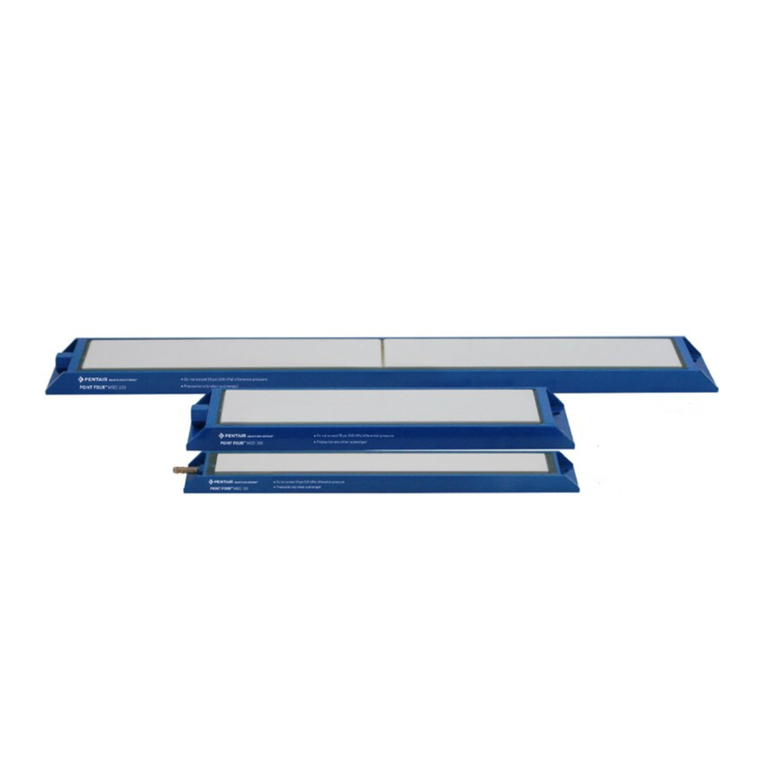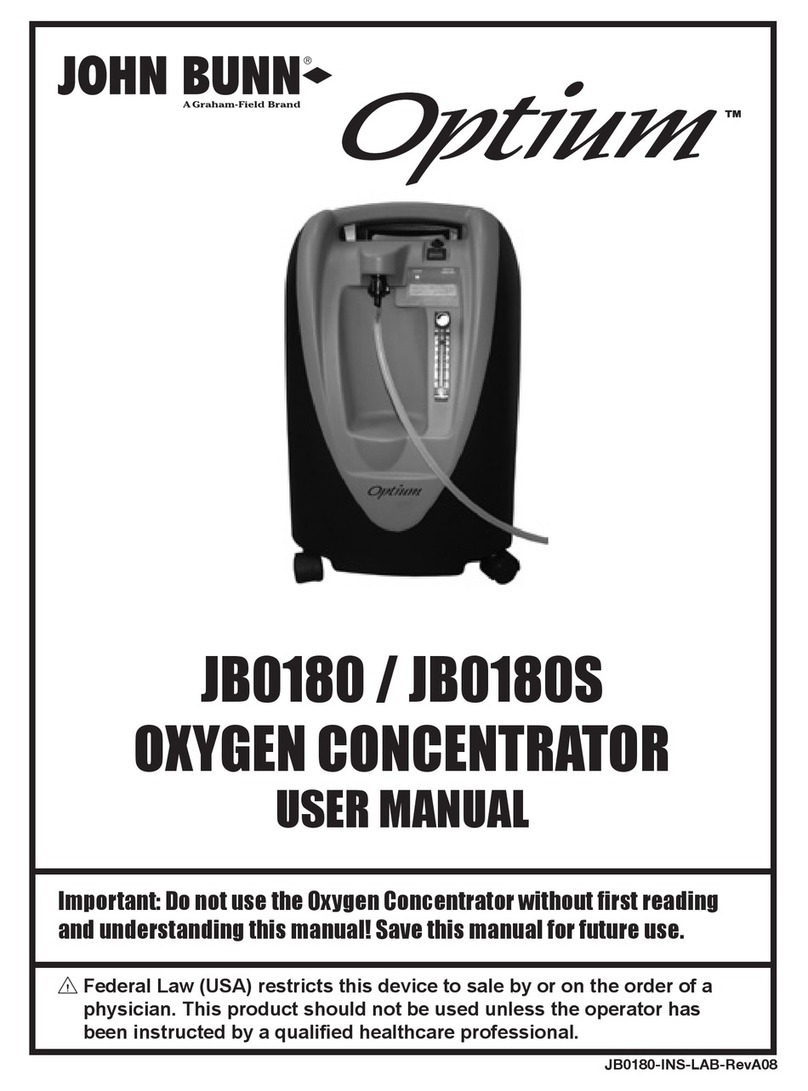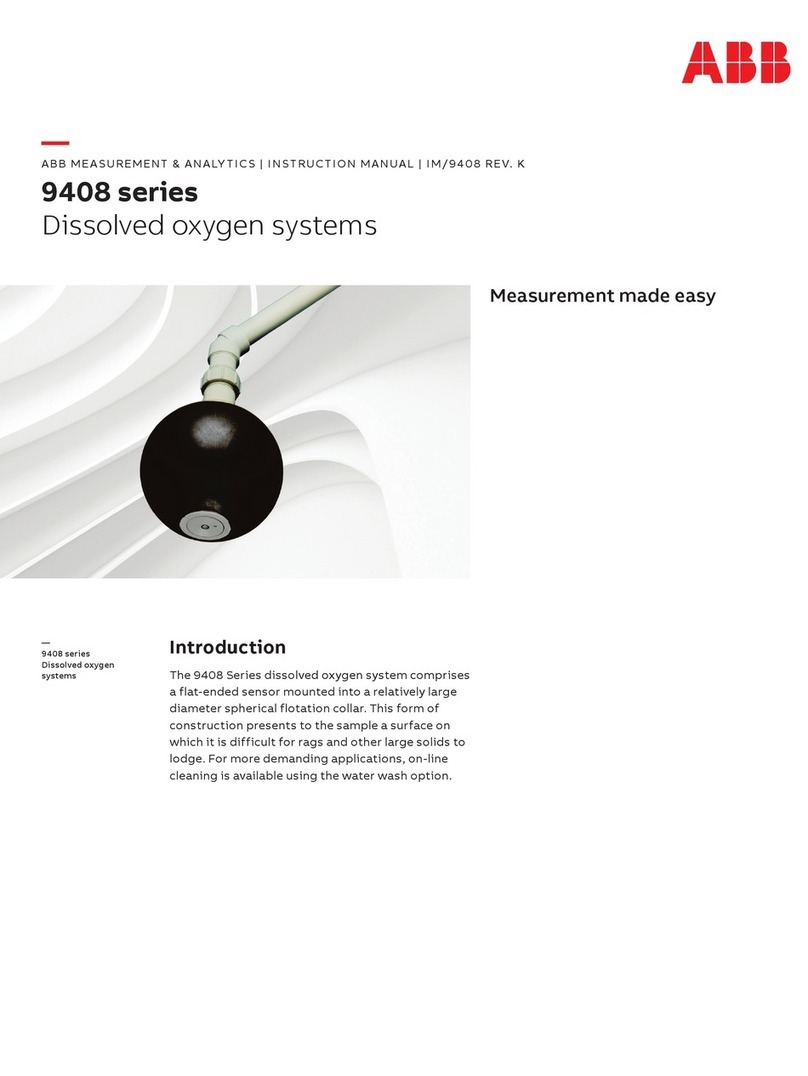EN FreeStyle™
EN-4 AirSep®Corporation
MN131-1 rev. B - 02/13
Operator Profile:
AirSep’s Concentrators are intended to supply supplemental Oxygen to users
suffering from discomfort due to ailments which effect the efficiency of ones lungs
to transfer the oxygen in air to their bloodstream. POC’s provide the convenience
of using a non-delivery POC system rather than delivery system (O2 tank) which
makes the user relatively self-sufficient in terms of in-home use, ambulation (both
within and outside of the home) mobility and overall lifestyle. Oxygen
Concentrator use requires a physician’s prescription, and is not intended for life
support use.
Although Oxygen therapy can be prescribed for patients of all ages the typical
oxygen therapy patient is older than 65 years of age and suffers from Chronic
Obstructive Pulmonary Disorder (COPD). Patients typically have good cognitive
abilities and must be able to communicate discomfort. If the user is unable to
communicate discomfort, or unable to read and understand the concentrator
labeling and instructions for use, then use is recommended only under the
supervision of one who can. If any discomfort is felt while using the concentrator,
patients are advised to contact their healthcare provider. Patients are also
advised to have back-up oxygen available (i.e. cylinder oxygen) in the event of a
power outage or concentrator failure. There are no other unique skills or user
abilities required for concentrator use.
FreeStyle for Airline Travel – FAA-Approved
FreeStyle has received the US Federal Aviation Administration’s (FAA)
acceptance for onboard in-flight use by oxygen passengers on commercial
airlines via a 2006 amendment to SFAR 106.
In addition, as of May 13, 2009, a new Department of Transporation (DOT)/FAA
ruling has determined that US-based carriers, as well as international flights with
origination or destination in the US, must allow passengers with FAA-approved
portable oxygen concentrators to use them on board, and in flight, as medically
necessary. Check directly with the individual airlines with which you would like to
travel for up-to-date information on their specific POC policies.


